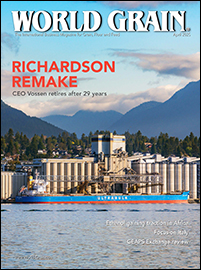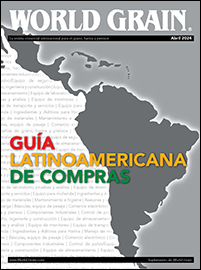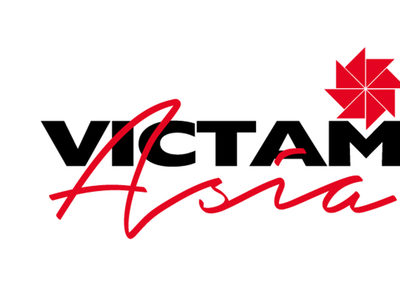WASHINGTON, D.C., U.S. — In an effort to help clarify the labeling of food products for consumers, the Corn Refiners Association (CRA) on Sept. 14 petitioned the U.S. Food and Drug Administration (FDA) to allow manufacturers the option of using 'corn sugar' as an alternative name for high fructose corn syrup.
"Consumers need to know what is in their foods and where their foods come from and we want to be clear with them," said CRA President Audrae Erickson. "The term 'corn sugar' succinctly and accurately describes what this natural ingredient is and where it comes from — corn."
Contrary to widespread consumer belief, high fructose corn syrup — a safe and affordable natural sweetener found in many popular products on grocery shelves — is not high in fructose when compared with other commonly used nutritive sweeteners, including table sugar, honey and fruit juice concentrates. Like table sugar, it is roughly half glucose and half fructose and is metabolized by the body in the same way as regular table sugar. In fact, the high fructose corn syrup that is used in many foods, such as baked goods, is lower in fructose than table sugar.
But independent research demonstrates that the current labeling is confusing to American consumers.
For example, independent research indicated that despite the fact that high fructose corn syrup and table sugar contain approximately the same amount of fructose, nearly 58% percent of respondents believed high fructose corn syrup has more fructose than other table sugar.
Corn sugar — or high fructose corn syrup — has been used for more than 40 years to enhance flavors in foods and beverages and maintain freshness.
A continuing series of inexact scientific reports and inaccurate media accounts about high fructose corn syrup and matters of health and nutrition have also increased consumer uncertainty.
Yet, the facts are straightforward. For example, in a December 2008 report, the American Dietetic Association confirmed that high fructose corn syrup is "nutritionally equivalent to sucrose (table sugar)" and that the sweeteners contain the same number of calories per gram. The ADA found that "once absorbed into the bloodstream, the two sweeteners are indistinguishable."
As Americans grapple with an "obesity epidemic," well-renowned nutritionists question whether sweetener confusion could lead consumers to make misinformed decisions about sugars in their diets.
"The last thing we want is for Americans to think that avoiding high fructose corn syrup is the answer," said Registered Dietitian Carolyn O'Neil. "All added sugars should be consumed in moderation — corn sugar, table sugar, honey and fruit juice concentrates. These sugars contain an equal number of calories that must be burned off — or the body will convert them to fat."
"We hope that the FDA will act positively on our petition in the interest of consumer clarity," said Erickson.





